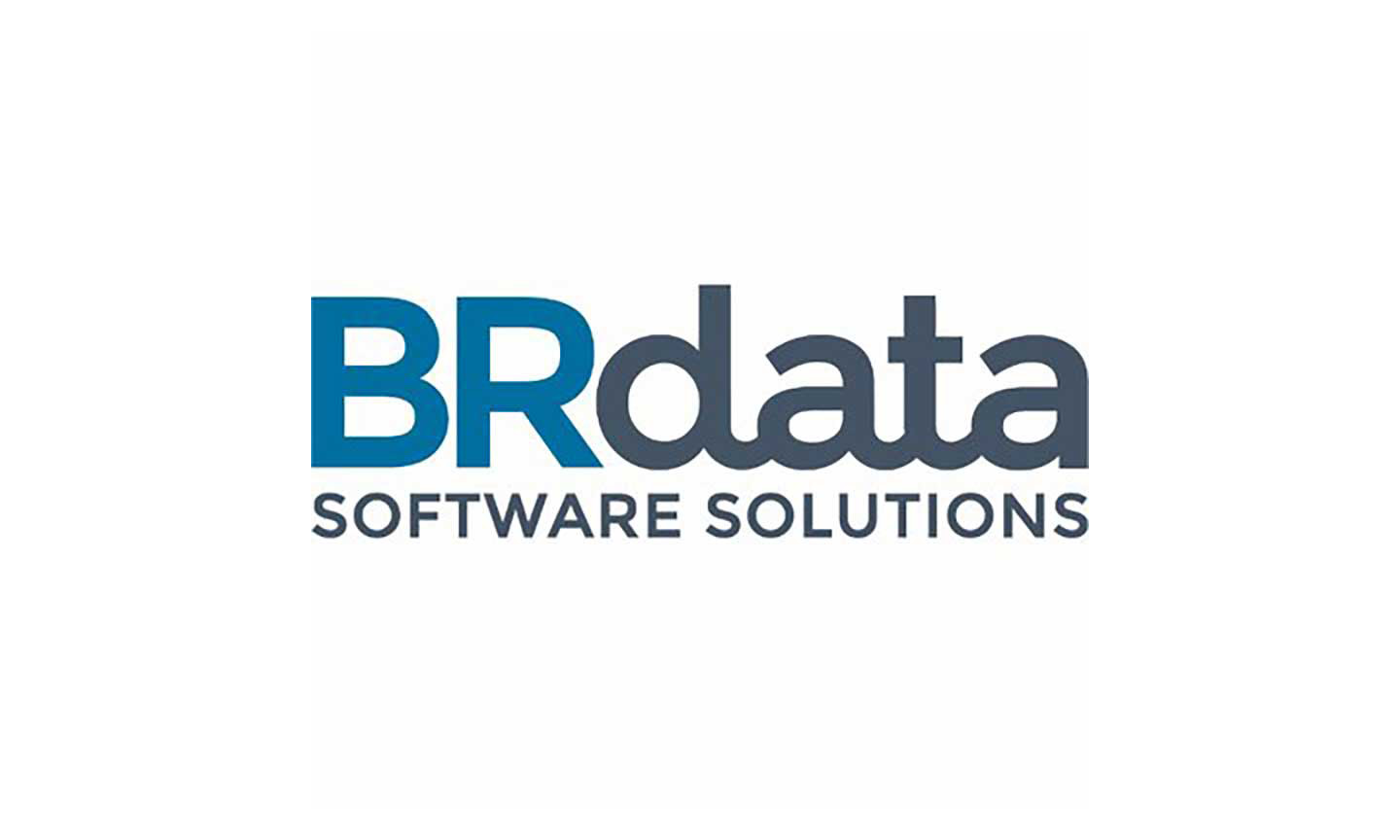by Adam Abbene/ Sales Manager, BRdata Software Solutions

In today’s hyper-competitive grocery market, independent grocers need to utilize every tool and technology available to optimize every aspect of their operation. In the months ahead, that means independent grocers will rely more than ever on cloud-based systems to enhance and complement their capabilities in customer service, inventory management, data analysis and more.
Real-time, cloud-based consumer data and store analytics can help owners and managers of independent grocers make informed decisions quickly by making it easier and more convenient than ever to recognize and react to insights related to practically every aspect of the store.
Here are six trends that are among the reasons 2018 is the year of the cloud for independent grocers.
1. Ongoing emphasis on convenient, easily-accessible loyalty-building initiatives, including greater use of digital couponing and more involvement by wholesalers in helping customers with their loyalty programs. Loyalty programs are one of the most important ways that independent grocers can expand their customer base, maintain current consumers and increase average basket size. By basing their loyalty programs in the cloud, retailers can be assured they’re conveniently providing digital coupons and other online loyalty-building incentives their customers want because they’re based on established shopping habits and preferences. The resulting customer data can then help grocers tweak and improve their loyalty programs. Additionally, wholesalers increasingly use consumer data to help their independent grocer customers put together the best loyalty-building prices and offers.
2. The continued growth of online shopping. Online shopping will continue to grow among independent grocers as another way that they can deliver great service and respond to consumer demand. The cloud makes it easier than ever for independent grocers to integrate their offline and online businesses and ensure that they’re providing customers a great online shopping experience.
3. The rise of cloud-based consumer apps, allowing retailers to see a more complete data picture in real time. Because every store and customer base is different, independent grocers should look for an app platform that’s fully customizable based on their needs. Features should include an easily navigable branded homepage and menu, email and push notifications on upcoming deals, coupon clipping abilities, store locator, reward redemption, recipes, weekly ads and more. The app platform should also give retailers access to consumer data that provides meaningful consumer insights, helping them tailor products, offers, service and app functionality to their loyal customers.
4. Vendor portals that make it easy for grocers to enter product information online. Customers aren’t the only group who value convenience. Providing vendors with a quick and user-friendly way to enter their product information will make their lives easier as well as the lives of retailers since vendor information will all be in one online database in the cloud.
5. Increased integration of pricing, inventory, customer data and other vendor systems to provide a comprehensive view of a store’s business. By combining consumer data, vendor information and day-to-day store operation statistics in one cloud-based system, there is less potential for the inefficiencies and inaccuracies that come from siloed data. All that data is great on its own, but together it can fill in the gaps and provide critical insights to drive positive business decisions.
6. Increased presence of natural market products in traditional stores, resulting in a need for specialty natural market retailers to utilize data analytics to make more informed product and pricing decisions. Mainstream grocers have been incorporating organic/natural sections for years and they keep getting bigger. To stay competitive, natural market retailers need to ensure they have complete access to the consumer and vendor data they need to determine product and pricing options.
Many of these trends have been gaining buzz for several months, but what better time to re-evaluate key opportunities in these areas than a new year? Keeping these topics in mind and taking the necessary steps to implement cloud-based technology and marketing solutions can help independent grocers build increased customer loyalty, improve relationships with vendors, and stay on the cutting edge in 2018 and for years to come.
As sales manager at BRdata Software Solutions, an enterprise software company, Adam Abbene oversees the company’s sales, marketing and public relations functions, which includes the organization of BRdata’s annual conference, new product development, system implementation and account management. Abbene graduated from York College of Pennsylvania, where he majored in sports management and triple minored in business.
Keep reading:
https://www.theshelbyreport.com/2018/02/02/food-lion-mvp-shop-earn-program/
https://www.theshelbyreport.com/2018/02/01/dorothy-lane-pilots-streaming-technology/

